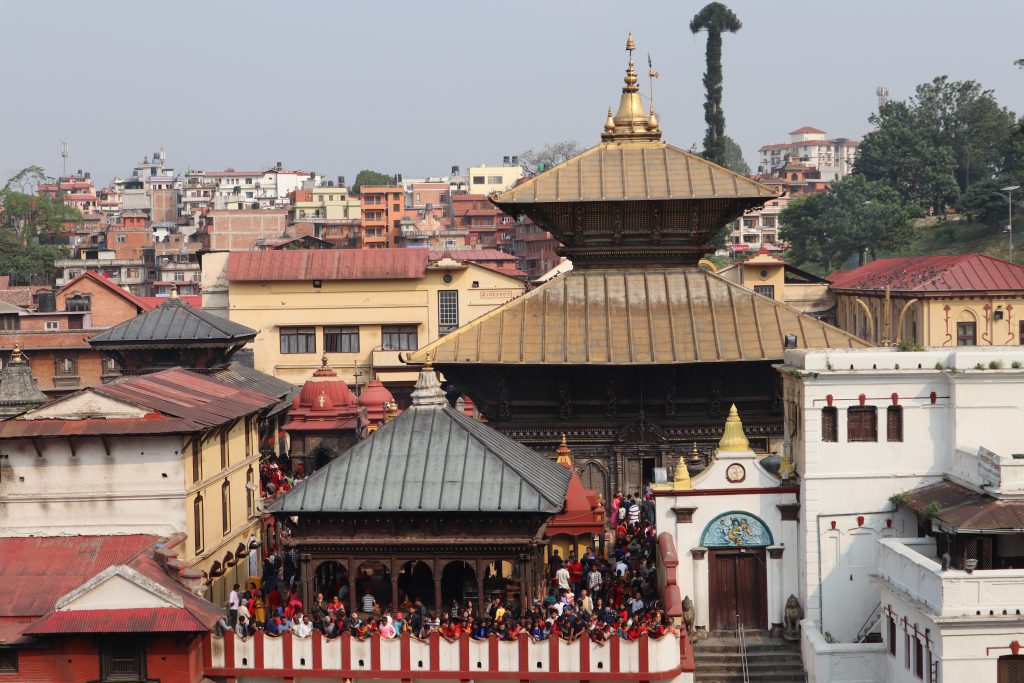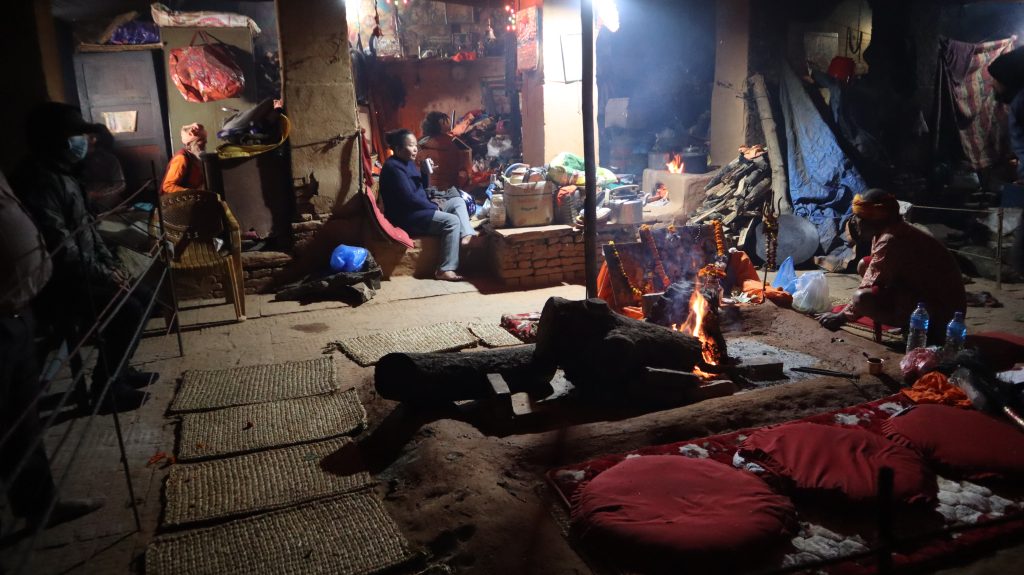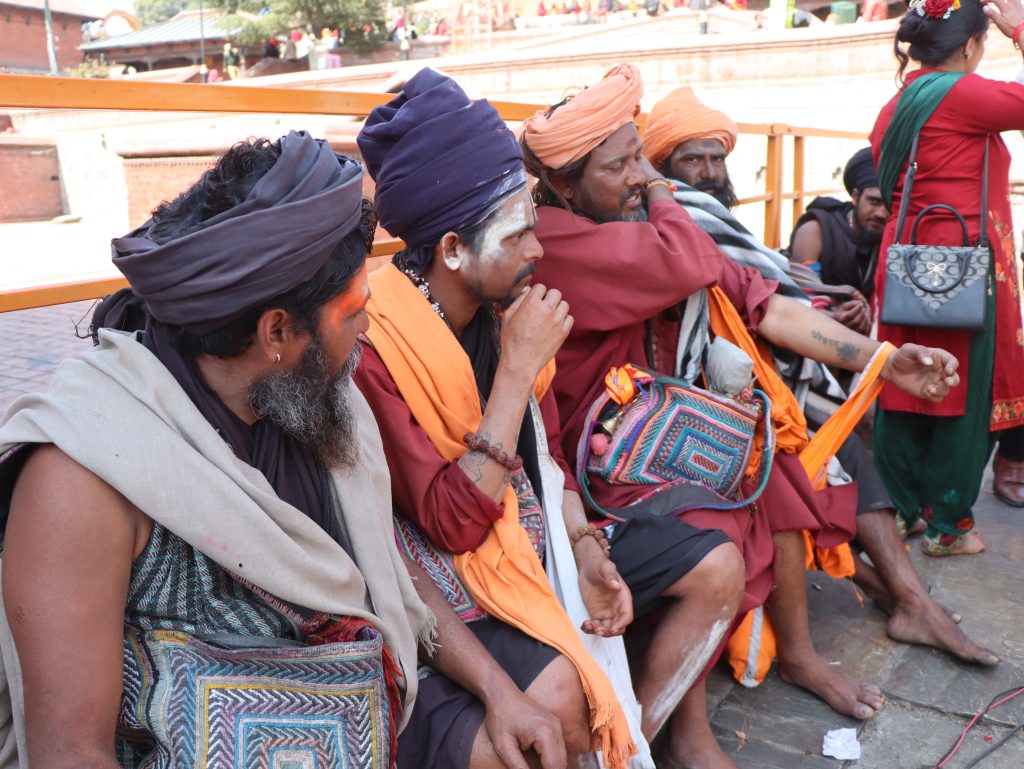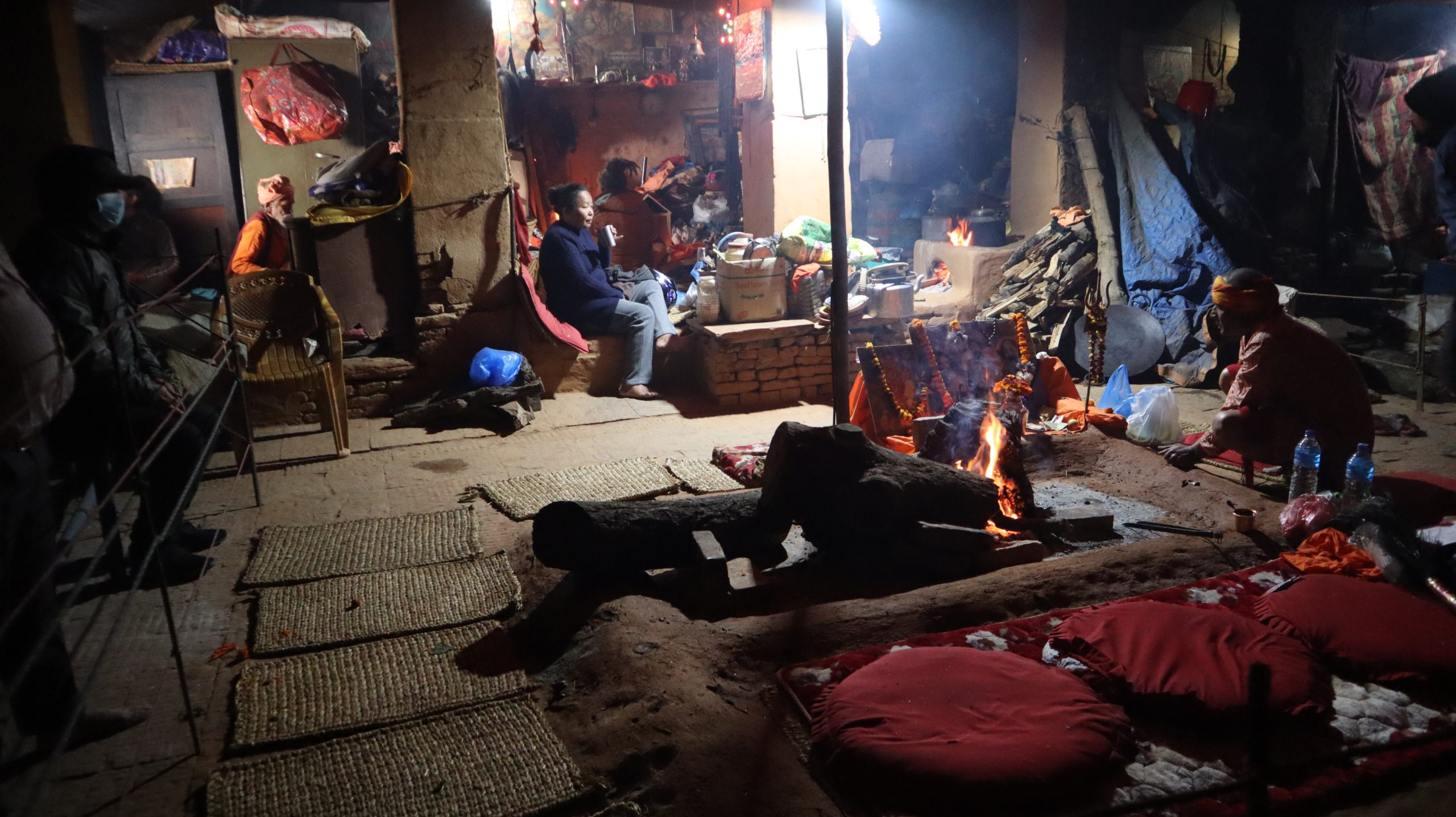Shivaratri, also known as Maha Shivaratri, is a major Hindu festival dedicated to Lord Shiva, one of the principal deities of Hinduism. The term Shivaratri means “the night of Shiva,” and the festival is observed on the 14th night of the dark fortnight (Krishna Paksha) in the Hindu month of Phalguna (usually in February or March).

Sacred Moments – Night Meditation on Shivaratri at Pashupatinath Temple
On the auspicious occasion of Maha Shivaratri, the team from Kantipur Yoga Academy had the profound honor of conducting a night meditation session at the holy Pashupatinath Temple. Surrounded by sacred chants, the fragrance of incense, and the powerful spiritual energy of devotees, the atmosphere was deeply transformative.
Participants engaged in guided silent meditation, mantra chanting, and inner reflection beneath the night sky—connecting with the essence of Shiva consciousness. The vibration of the temple, combined with stillness and devotion, created a unique spiritual experience that touched the hearts of all present.
This moment was not just a practice—it was a reminder of the divine silence within us all.

🔱 Significance of Shivaratri:
- Spiritual Awakening: It symbolizes the overcoming of darkness and ignorance in life.
- Divine Union: In some traditions, it is believed to be the night when Lord Shiva married Goddess Parvati.
- Yogic Importance: For yogis, it is a night of powerful natural energy. It is believed that the planetary alignment makes it an ideal time for meditation and spiritual practice.
🕉️ Common Practices:
- Fasting: Devotees observe a day-long fast, often without water.
- Night Vigil (Jagaran): They stay awake all night chanting mantras like “Om Namah Shivaya” and singing bhajans.
- Shiva Linga Worship: The Shiva Linga is bathed in water, milk, honey, and decorated with bilva (bael) leaves.
- Meditation and Prayer: Many seek spiritual growth, purification, and blessings by meditating through the night.
🌙 Symbolism:
- The festival celebrates self-discipline, inner reflection, and transcendence—core aspects of Lord Shiva’s teachings.
- It is seen as an opportunity to align with Shiva consciousness, representing stillness, transformation, and liberation (moksha).

Shivaratri and the Naga Sadhus: A Sacred Connection
Maha Shivaratri is one of the holiest nights in Hindu tradition, celebrated in honor of Lord Shiva, the embodiment of meditation, destruction, and transformation. This powerful night draws millions of devotees, including Naga Sadhus, to sacred sites such as Pashupatinath Temple in Nepal and various pilgrimage centers across India.
🔱 Who Are the Naga Sadhus?
The Naga Sadhus are ascetic monks belonging to ancient Shaivite orders. They renounce all worldly possessions and often live in caves, forests, or remote ashrams. Their striking appearance—naked bodies covered in ash, dreadlocked hair, and rudraksha beads—symbolizes their renunciation of the material world and devotion to Lord Shiva.
🌙 Shivaratri and Naga Sadhus
- Spiritual Gathering: On Shivaratri, Naga Sadhus emerge from their secluded lives to gather at major Shiva temples and riverbanks, particularly during Kumbh Melas or important festivals.
- Ritual Worship: They perform intense sadhana (spiritual practices), meditate through the night, chant Shiva mantras, and engage in sacred fire rituals (homa).
- Living Embodiments: They are seen as living embodiments of Lord Shiva himself—wild, free, and beyond conventional norms.
🕉️ Symbolism for Yoga Practitioners
For yoga practitioners and spiritual seekers, the Naga Sadhus represent:
- Discipline and Detachment
- Fearlessness and Freedom
- The path of renunciation and inner transformation
Their presence during Shivaratri is a reminder that true spiritual power lies in simplicity, surrender, and stillness.

